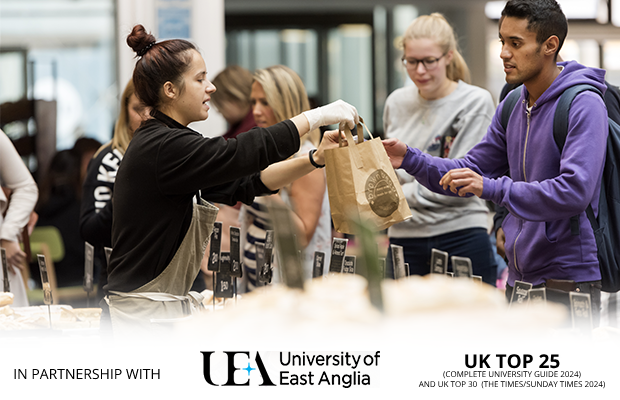Nucleophilic substitution
According to the Edexcel Chemistry Unit 4 Paper Jan 2011, one enantiomer of 2-chlorobutane reacts with hydroxide ions to form a mixture of enantiomers of butan-2-ol because 2-chlorobutane forms a carbocation intermediate. The past paper assumes that 2-chlorobutane reacts by SN1.
However, according to the Edexcel AS Student Book and my teachers, primary and secondary halogenoalkanes react with nucleophiles by SN2, forming a five-bonded transition state. Therefore you should expect for inversion to happen and only one enantiomer of butan-2-ol to form. Only tertiary halogenoalkanes react by SN1, forming a carbocation intermediate.
Is it possible for the past paper to be right?
However, according to the Edexcel AS Student Book and my teachers, primary and secondary halogenoalkanes react with nucleophiles by SN2, forming a five-bonded transition state. Therefore you should expect for inversion to happen and only one enantiomer of butan-2-ol to form. Only tertiary halogenoalkanes react by SN1, forming a carbocation intermediate.
Is it possible for the past paper to be right?
(edited 9 years ago)
Quick Reply
Related discussions
- Electrophillic/nucelophillic substitution /addition
- SN1 and SN2 reactions (chemistry)
- Nucelophiles Vs Ligands
- Chemistry help🙏🏼🙏🏼
- Organuc chemistry A level question
- A level Chemistry Uplearn
- A level chemistry
- A-level Chemistry: Mechanisms
- Organic chemistry learning a-level
- AS Organic Chem Practical Question
- Ask Us Anything!
- Reaction Mechanism of Allyl Bromide and (aqueous) NaOH
- AS chemistry paper 2 2022 AQ
- amines
- Why does Nitrogen gain a positive charge in this mechanism ?
- SN2 nucleophilic substitution -OH
- OCR AS Chemistry- nucleophilic subs. reaction
- Could someone please help with a mechansim question.
- 10 weeks going from C to A* - Alevel
- Nucleophilic substitution - Need help
Latest
Trending
Last reply 6 days ago
Im confused about this chemistry question, why does it form these productsTrending
Last reply 6 days ago
Im confused about this chemistry question, why does it form these products


